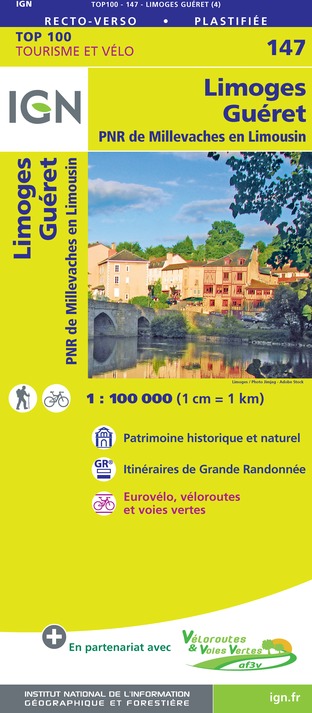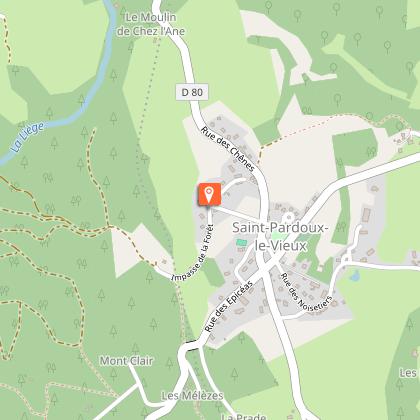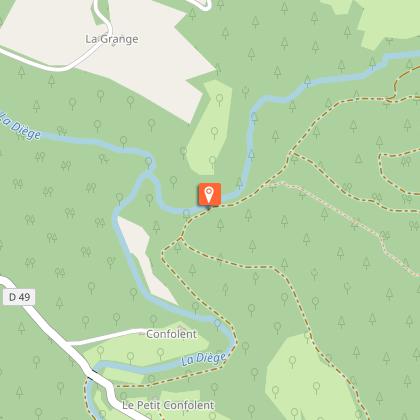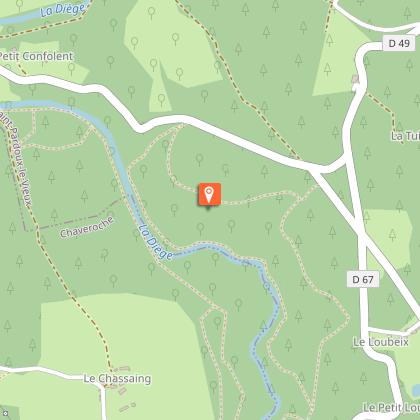Alert
Alerts
Crossing paths




IGN cards







Description
Enjoy a carefree stroll through our trees on the forest paths. Remember the days of the steam as you walk along the old railway tracks.From the town hall car park, return to the church and turn right.Cross the railway line and continue straight ahead. After going up into the forest, turn left.Where the paths cross, go right.Don’t forget to leave the road and go down the inconspicuous path on the left. Don't hesitate to get closer to the banks of the Diège.At the road turn left, then immediately turn right. Further on, leave the departmental road and take the right-hand path.Turn right at the railway and follow it as far as the intersection with the road.Join the departmental road to the left and then take the second path immediately on the left.Opposite the fence, go around the meadow, forking right and then left to reach the path again.Turn right at the small road to get to the car park.
Technical Information
Altimetric profile
Starting point
Steps
Additional information
Advised parking
Saint-Pardoux Church
Advice
The banks of the Diège can sometimes be flooded during rainy periods.There is a shorter variant of 7.5 km. At point 5, turn left to follow the SNCF line that goes to the station. For this variant of the route, you can start at the station.
Access
8 km from Ussel, follow the D 982 then the D 80.
Ambiance
Hiking trails and railways intersect on this walk which, after an initial section through the woodland undergrowth, follows the line of the old Ussel-Felletin railway. Opened to the public in 1905, it facilitated transport of all kinds for the locals as well as for the soldiers at the Courtine camp.
Arrival
Saint-Pardoux Church
Departure
Saint-Pardoux Church





